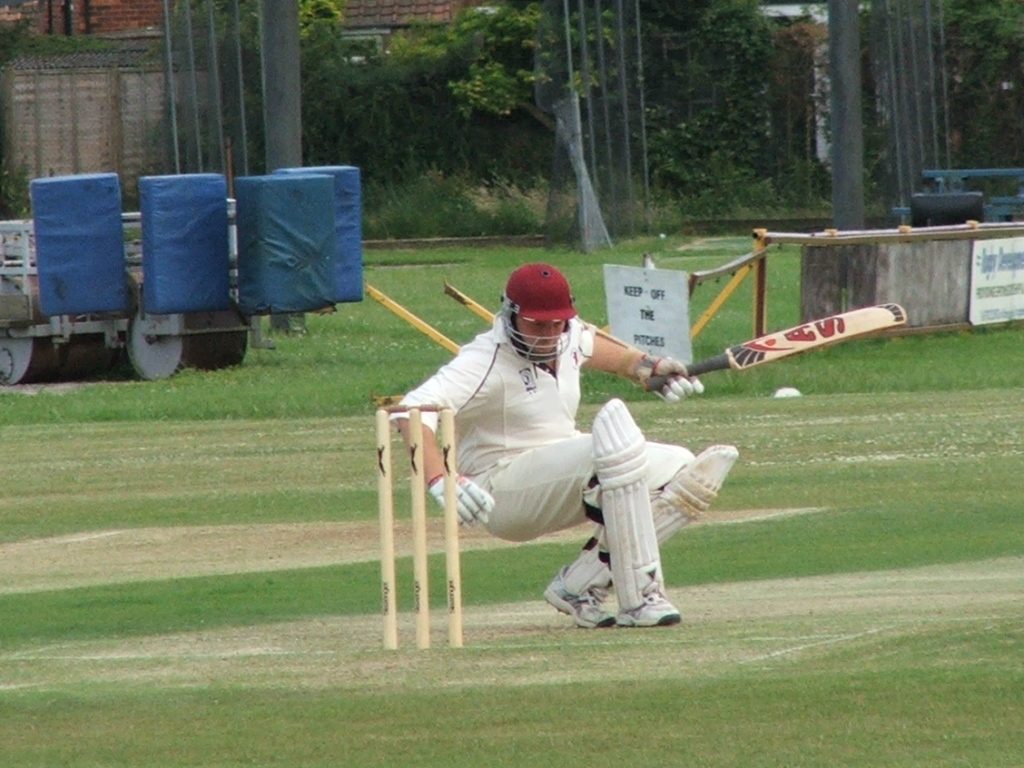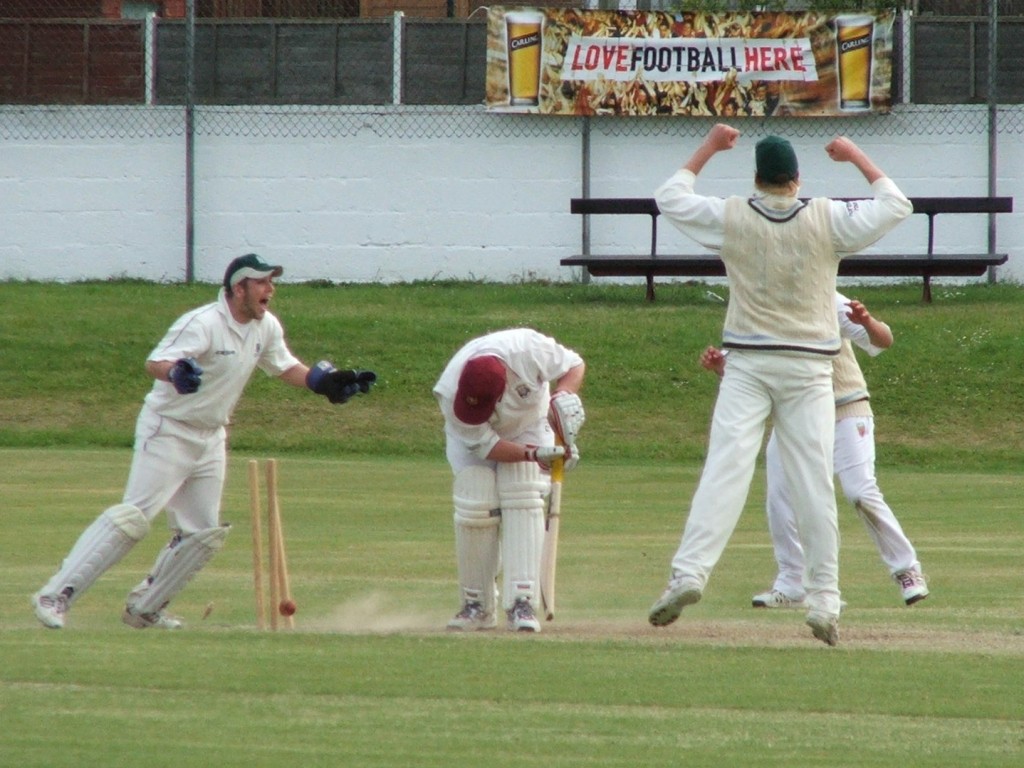If there’s one area of betting which can indeed be called a goldmine for the backer and it something called “betting in running.”
That’s when the bookmakers bet on a game as it’s being played. It may be football, tennis, rugby, or any are one of a dozen other sports, and alter their prices with the ebb and flow of the match.
There is nowhere for the bookmakers odds compilers to hide when betting in running and so this is where you find out whether they know the sport or not. You may be surprised at how many will prove to be inept and easy to win money from.

You can put their errors down to lack of knowledge and also a lack of time. Compilers have it relatively easy when setting prices for an event days in the future with lots of time to research the teams before deciding on the odds. Once having made their minds up, there are then plenty of opportunities to check their conclusions with other bookmakers. If an error has been made, it can be spotted and corrected before it even reaches the betting public.
But when a bookmaker offers betting ‘in running’ there is no such luxury of time. For instance, if the underdog team in a football match score a go-ahead goal against the run of play, the compiler has to decide there and then, within seconds, how that affects his ‘in running’ prices. Are the underdogs now the favourites? Should he push his original odds on favourite out to odds against? And if so, what price should it be?
Neither does he have the chance to check his odds with other firms, as his boss will want the company’s prices changed within moments. So it’s understandable that less than clued up compilers frequently get “in running betting” wrong.

But even the best of them can make mistakes. What doesn’t help is that as well as compiling prices as the game unfolds, the compiler may have to make trading decisions too. To authorise, refuse, or make customers reduced offers, as big bets are requested.
While all of this is food and drink for you and me.
It means we are virtually certain to see pricing errors ‘in running’, and with them come chances to make money. And remember, the compiler may make 100 price changes during the course of a live game, he only has to get one wrong for us to grab a profit.
Each sport presents its own ‘in running’ opportunities, and you will soon pick up on those situations where compilers are most likely to get the price wrong. But if you aren’t already and ‘in running’ fan, let’s break the ice by looking at arguably the most profitable ‘in running’ sport of them all: Cricket.
Don’t worry if this game isn’t your cup of tea; you don’t have to love it to make money. All you need to do is focus on certain key aspects, sit back, and wait for compilers to get it wrong. Since not everyone has the time or inclination to watch, a five-day test match let’s concentrate on the one-day game.
There will be dozens of these on your TV screen live throughout the summer.
All of these one-day games are likely to produce the same sort of pricing errors we’re looking for.

With only a limited number of overs to be played, compilers frequently overreact perfectly normal situations. The next time a player hits two consecutive fours or a decent batting partnership is broken up, watch the turmoil in the bookies prices. You’d never guess this is what cricket is all about, runs and wickets. They shouldn’t panic, but they do.
So much so, that it’s not unusual in one-day games compilers to be in such disagreement, you can back both teams make a certain profit whichever one of them wins. Yes the mysterious arbitrage bet is often available.
It just doesn’t get any better than this for a backer, so let’s have a look at how punters paradise developed in a real game from a semi-final of the Cheltenham and Gloucester Trophy between Somerset and Warwickshire. It will illustrate just how easy ‘in running’ profits are to find in cricket.
Warwickshire batted first and set Somerset the unremarkable total of 229 for victory. Somerset got off to the worst start in after a handful of overs found themselves with just six runs on the board for the loss of three wickets. At that point compilers in the different firms began to fall out. One firm made Warwickshire strong 1/4 favourites to win, another was more cautious with a quote of 1/2.
This meant that you could back Warwickshire 1/2 with the unconvinced compiler and their opponents Somerset at 5/2 with the firm who believe the Midlands side were past the post. So if you backed both teams to return you £100 you would have only needed to state £94 in total that is sure fire £6 profit.
Somerset began to recover, and for a couple of hours, the game became a seesaw affair with the ‘in running’ firms totally unable to agree on who was going to win it.
At various stages, they offer plenty of opportunities to make guaranteed profits, just like the one we’ve really seen. Two-thirds of the way through the game it was possible to back Somerset at 4/6 and Warwickshire at 9/4 to 10% profit whoever was successful!!! Quite obviously some firms had got their odds right, and others had made the proverbial pig’s ear. As a matter of fact, Somerset won quite comfortably in the end.
There will be opportunities like this again, but even when disagreements between companies are not as marked as in this game, if you can spot which compiler or compilers have got it all wrong and you can attack their errors and make terrific profits by stealing odds which are greater than they should be.
The only thing you need to be able to do is to recognise the cock-ups when they occur.
Like most things in life, little experience is a very useful thing, but even at your first attempt at ‘in running’ betting, so long as you’re properly prepared, you have a great chance of spotting the wrong price as it goes up, and latching onto the moneymaker.
Getting prepared isn’t that difficult, here are four golden rules
Rule one
In cricket, the ‘wicket’, the strip of ground that the action takes place on, is almost as important in the game as the teams taking part. Some wickets may be kind batting strips, playing flat and true, others can be a back batsmen’s nightmare, ‘turning’ the ball and producing unexpected bounces.
Learn as much about the wicket as you can before the game begins. Use cricket information sites to check on the one-day history of the pitch in the stats section also check out skysports.com pitch analysis then if you see wickets tumble, you will have a good idea whether this is the norm for the wicket, or if one of the sides landed themselves in deep trouble. I guarantee that half the compilers won’t know.
Rule two
Check on the weather forecast two. If the weather is likely to treat both sides equally, that’s fine but if it is going to change during the day and give one tea, an advantage you need to know who.
Rule three
Discover the strengths and weaknesses of both sides. For Instance, some teams are in trouble if they lose four wickets, others can bat, all the way down the card. Have a look at the one-day score cards in your daily newspaper.
Rule four
Compilers make lots mistakes because of their slapdash approach. To beat them, get organised. Each team has the same number of overs to bat. Make a comparison chart, logging how many runs each side has scored as each of the overs goes by. Also, note in which overs the wickets fell.
So in the second innings, when an important wickets were taken, (a classic time to compilers to disagree), you can see at a glance what the realities of the situation are.
The TV pundits might tell you that Somethingsshires are up to their ears in trouble because Slugger Smith is just got himself out, and many compilers will agree, pushing their prices out dramatically. But your chart might tell you that in truth they still have a great chance of winning. That’s the time to bet on them.
Chances are, that in half an hour, when the penny drops that Somethingsshires is still in a good winning chance, the bookies will start pushing out the odds of their opponents, and you could get a great price about them to!
If you’re looking for terrific, overgenerous prices than betting ‘in running’ is a must try.
I recommend that you get your innings comparison chart is ready, pull your chair in front of the TV and enjoy a summer of steadily mounting ‘in running’ profits.

Leave a Reply